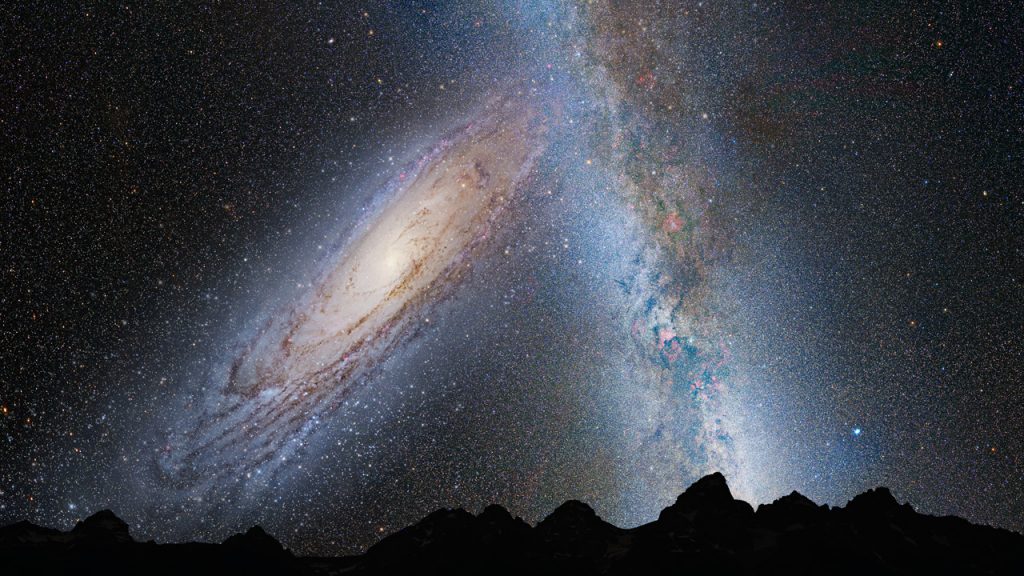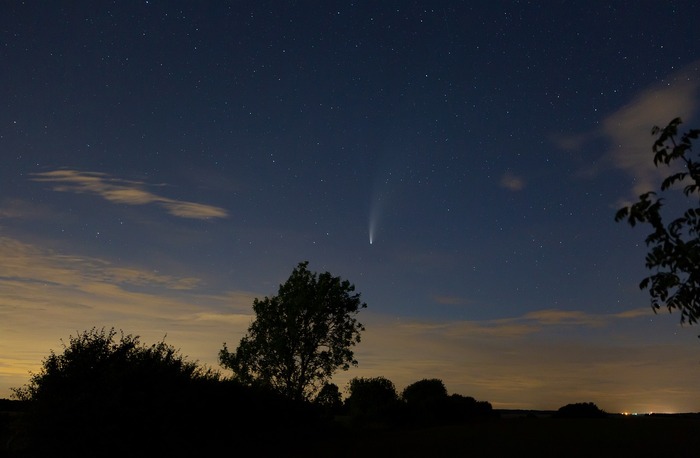The Neanderthal comet C / 2022 E2 ZTF visits the sun: on Thursday, January 12, it will reach perihelion, that is, the point of minimum distance, which is equal to 166 million km. Its core should survive the close encounter with the star without disintegrating, then set course for Earth that will say goodbye on February 1st, perhaps making itself visible to the naked eye. Between the end of January and the beginning of February, it will revisit Earth after its last pass occurred in the time of Neanderthals, about 52,000 years ago. Explained by National Institute of Astrophysics experts on MediaInaf.
On February 12, Comet Ztf will pass at a “relatively high distance” from the Sun, “so the nucleus should survive the sublimation activity without problems and not disintegrate as other comets that came too close have happened.” , for example Ison ( C / 2012 S1) in 2013. From January 17, 2023 – the experts continue – the Ztf declination will be so high that it will become circumpolar for Italian latitudes, and therefore it will always be visible in the sky during the night and will remain so until February 5″.
The comet currently shows itself to telescopes with a green coma, a thick yellowish dust tail, and a thin bluish ion tail. The most recent observations indicate that the brightness is increasing as expected and that the comet will be above the threshold of naked-eye visibility between January 20 and February 10, with maximum brightness on February 1 coinciding with minimum distance from Earth. To admire the view, it would be helpful to have “at least a small 8-30 or 10-50 binoculars, which are the typical nature trip binoculars”.
On the occasion of the passage of Ztf, EduInaf will organize a live broadcast on the evening of January 30 in which the comet captured with the Asiago and Tng telescopes will also be shown. Furthermore, EduInaf is launching the “Interstellar Comet in Winter” campaign, in collaboration with the Union of Italian Amateur Astronomers (Uai). To participate, it is enough to photograph the Ztf comet using the lens of its own telescope / telephoto and send the photos to EduInaf, also via the dedicated Flickr group.
The secrets of correct observation are revealed by astrophysicist Gianluca Massi, head of the Virtual Telescope Project, who will organize two observation sessions on January 13 and February 2: the broadcast will also be broadcast live on the Science and Technology Channel of ANSA. “The comet is expected to cross the threshold of unaided eye visibility when it is closest to Earth (about 42.5 million km) on February 1 at 6:11 p.m., making it barely noticeable without instruments under the truly dark, clear and starry,” Massey explains. “This means that it certainly won’t be as stunning as the C/2020 F3 Neowise from summer 2020 and will therefore require at least binoculars to be appreciated.”
On the other hand, at Italian latitudes, in the days of maximum magnificence between the end of January and the beginning of February, the comet will be circumpolar, that is, visible all night above the horizon. The real limit is represented by the intervention of the Moon, which will be particularly intrusive on prime evenings.

“Internet trailblazer. Travelaholic. Passionate social media evangelist. Tv advocate.”







More Stories
Watch the future “collision” between the Andromeda Galaxy and the Milky Way, the video is incredible
NASA's innovative and revolutionary sail that will make us fly into space using only the sun's energy
I Have a Nightmare About Parasites and Bugs in My House: Here are 5 Things to Don't Underestimate But That Attract These Uncomfortable Animals